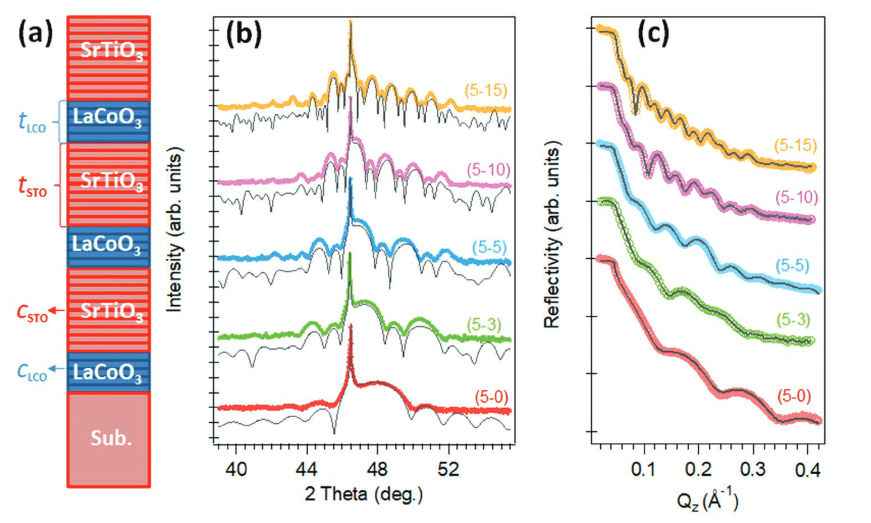73. Crystal Symmetry Engineering in Epitaxial Perovskite Superlattices
Xiang Ding, et al. Advanced Functional Materials (2021)

Crystal Symmetry Engineering in Epitaxial Perovskite Superlattices
Xiang Ding, Baishun Yang, Huaqian Leng, Jae Hyuch Jang, Junrui Zhao, Chao Zhang, Sa Zhang, Guixin Cao, Ji Zhang, Rohan Mishra, Jiabao Yi, Dongchen Qi, Zheng Gai, Xiaotao Zu, Sean Li, Bing Huang, Albina Borisevich, Liang Qiao, Advanced Functional Materials (2021)
Interface plays a critical role in determining the physical properties and device performance of heterostructures. Traditionally, lattice mismatch, resulting from the different lattice constants of the heterostructure, can induce epitaxial strain. Over past decades, strain engineering has been demonstrated as a useful strategy to manipulate the functionalities of the interface. However, mismatch of crystal symmetry at the interface is relatively less studied due to the difficulty of atomically structural characterization, particularly for the epitaxy of low symmetry correlated materials on the high symmetry substrates. Overlooking those phenomena restrict the understanding of the intrinsic properties of the as- determined heterostructure, resulting in some long-standing debates including the origin of magnetic and ferroelectric dead layers. Here, perovskite LaCoO3-SrTiO3 superlattice (SL) is used as a model system to show that the crystal symmetry effect can be isolated by the existing interface strain. Combining the state-of-art diffraction and electron microscopy, it is found that the symmetry mismatch of LaCoO3-SrTiO3 SL can be tuned by manipulating the SrTiO3 layer thickness to artificially control the magnetic properties. The work suggests that crystal symmetry mismatch can also be designed and engineered to act as an effective strategy to generate functional properties of perovskite oxides.